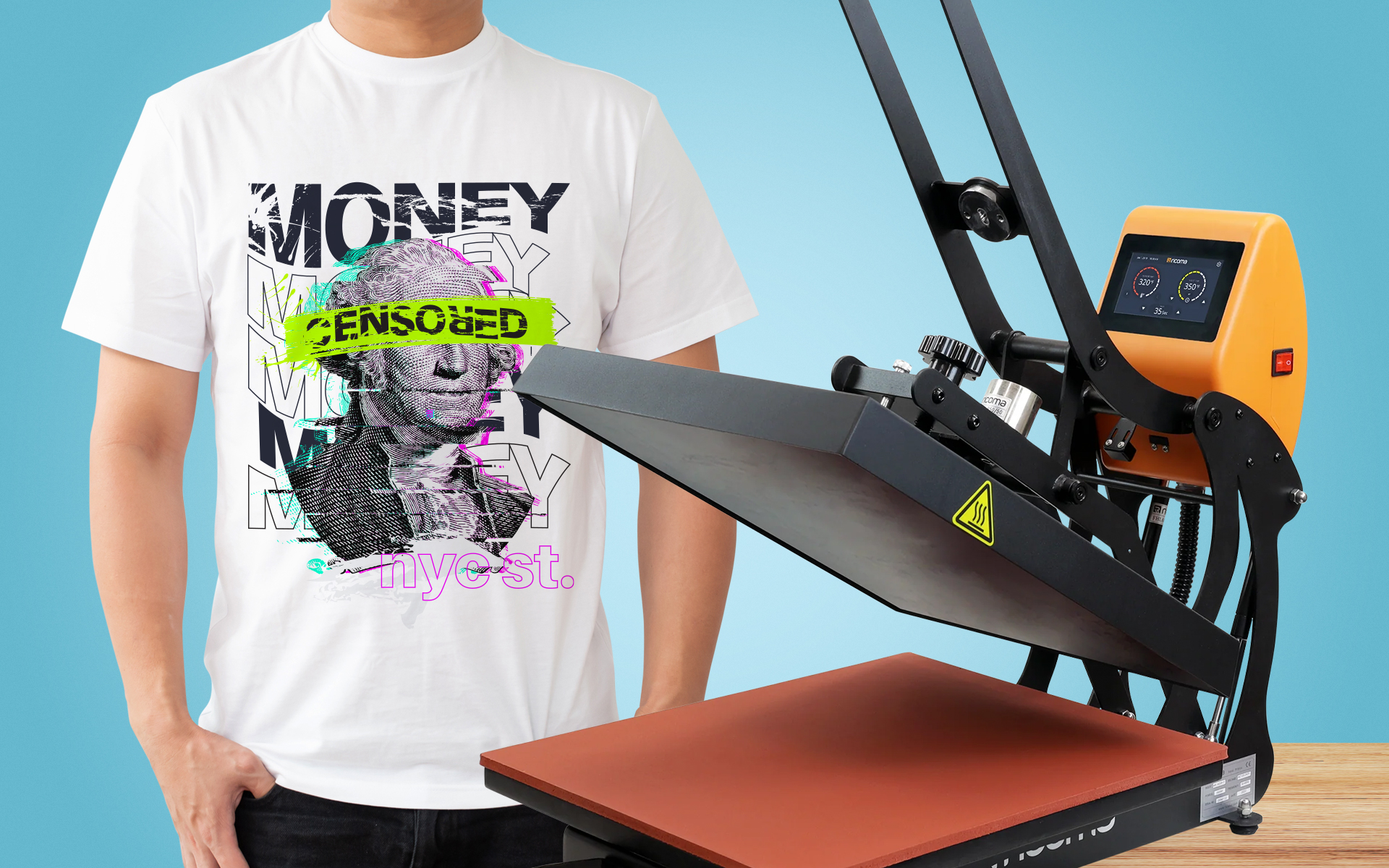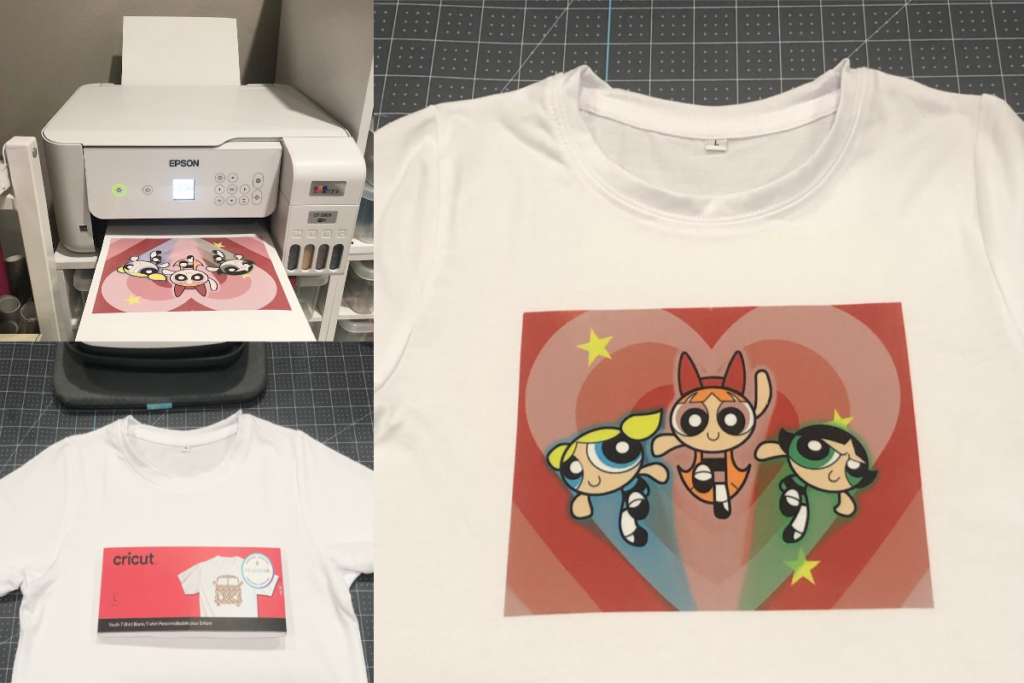Letting Loose Imagination with Heat Transfer Vinyl Printing for Custom Styles
Letting Loose Imagination with Heat Transfer Vinyl Printing for Custom Styles
Blog Article
Advancements in DTF Printing: How It's Reinventing the Market
The textile printing industry is undergoing a significant improvement, driven by the cutting-edge improvements in Direct-to-Film (DTF) innovation. These innovations are not only improving print quality and adaptability however also streamlining the entire printing procedure. With remarkable ink formulations, enhanced movie and glue innovations, and the integration of automation, DTF printing offers vivid, resilient prints on a range of fabrics, meeting the raising need for personalization. As businesses look for a lot more reliable and ecologically friendly options, the effects of these developments necessitate a closer assessment into exactly how they are forming the future of fabric printing.
Improvements in DTF Technology
Advancing swiftly, DTF (Direct-to-Film) printing technology has actually gone through substantial improvements that are reinventing the fabric sector. One of the most remarkable innovations is the enhancement in print top quality. Modern DTF printers utilize sophisticated ink formulations that lead to vivid, resilient prints with high resolution and shade accuracy. These inks are specifically crafted for compatibility with various material kinds, ensuring consistent high quality despite the product.

Additionally, developments in film and adhesive technologies have improved the overall application procedure. New films use much better flexibility and attachment, improving the sturdiness and washability of the published layouts - DTF printing. This makes sure that the prints preserve their honesty and vibrancy also after several cleans
Finally, environmental factors to consider have triggered the development of environment-friendly DTF remedies. Manufacturers are significantly adopting lasting techniques, such as utilizing recyclable movies and water-based inks, lining up with worldwide efforts to decrease the market's ecological impact.
Benefits Over Conventional Techniques
When comparing DTF printing to traditional methods such as screen printing and direct-to-garment (DTG) printing, several unique benefits emerge. DTF printing. Among one of the most substantial benefits is its adaptability in material compatibility. Unlike screen printing, which commonly requires specific material kinds, DTF printing can be related to a broader variety of products, including cotton, polyester, and blends, without compromising print top quality
Another significant benefit is cost-effectiveness, especially for little to medium-sized orders. Traditional screen printing ends up being financially practical only at greater quantities as a result of the setup expenses entailed. On the other hand, DTF printing eliminates these arrangement expenses, making it more budget-friendly for smaller sized sets and one-off layouts.
Furthermore, DTF printing excels in longevity and washability. In addition, DTF printing uses faster turn-around times.

Boosted Design Abilities
DTF printing supplies improved design capabilities that establish it aside from traditional printing approaches. This innovation enables for a wider range of dynamic colors, complex details, and nuanced gradients, offering developers with unprecedented flexibility. The procedure includes publishing a layout onto a special movie, which is after that transferred to material. This enables high-resolution prints that maintain clearness and intensity, even on complicated patterns and small message.
Moreover, DTF printing sustains a broad selection of fabrics, including cotton, polyester, blends, and even non-textile substratums. This flexibility opens up doors for innovative applications in diverse markets such as fashion, home style, and promotional items. Unlike display printing, which can be limiting because of color separation and pattern creation, DTF printing streamlines the procedure, making multi-color and photo-realistic designs extra accessible.
Furthermore, DTF printing succeeds in achieving constant shade accuracy and vibrancy. In significance, DTF printing Discover More Here equips developers to push the boundaries of creativity, providing visually sensational outcomes that were previously unattainable.
Price and Time Effectiveness
Among the remarkable benefits of DTF printing hinges on its expense and time efficiency, making it a recommended option for many companies. By getting rid of the demand for display setups and substantial pre-production procedures, DTF printing substantially minimizes first costs. Unlike conventional techniques that call for considerable financial investment in displays and setup times, DTF printing enables direct application onto numerous products with marginal prep work. This decrease in arrangement time converts right into faster production cycles, making it possible for services to satisfy orders a lot more quickly.
Furthermore, DTF printing masters creating short runs and custom-made orders cost-effectively. The capacity to generate high-grade prints without the requirement for huge quantity dedications lessens waste and maximizes source appropriation. This adaptability is specifically helpful for small companies and start-ups that might not have the funding to purchase large manufacturing runs.
In terms of operational effectiveness, DTF printing's structured process boosts total productivity. Therefore, DTF printing stands out as a transformative service in the printing sector.
Future Trends in DTF Printing
Anticipating future fads in DTF printing reveals a landscape marked by quick technological advancements and increased market demand (sublimation printing). One significant pattern is the integration of artificial intelligence (AI) and machine anonymous learning algorithms to enhance print quality and enhance operations. AI-driven systems can forecast possible issues and adjust setups in real-time, making sure regularly high-grade output
Furthermore, advancements in lasting products and green inks are expected to acquire grip. As ecological problems come to be much more pressing, the industry is most likely to see a shift towards eco-friendly and safe inks, decreasing its eco-friendly footprint.
Modification and personalization will certainly also play a pivotal function. With the expanding customer demand for special, my sources personalized items, DTF printing modern technologies are evolving to supply more comprehensive and intricate personalization choices. This trend is supported by improved software application remedies that permit for even more complicated and creative designs.
Finally, the combination of DTF printing with various other electronic platforms and e-commerce remedies will come to be extra smooth. This connectivity will certainly make it possible for businesses to provide on-demand printing services directly to consumers, further driving development in the sector. These fads jointly highlight a future where DTF printing not only fulfills but surpasses the progressing demands of the marketplace.
Verdict

When contrasting DTF printing to standard techniques such as screen printing and direct-to-garment (DTG) printing, numerous distinct benefits arise. Unlike display printing, which frequently calls for particular fabric types, DTF printing can be applied to a broader array of products, including cotton, polyester, and blends, without compromising print high quality.
DTF printing provides improved layout capacities that set it apart from conventional printing methods. Thus, DTF printing stands out as a transformative option in the printing industry.
Technologies in DTF printing significantly boost the textile printing market by giving premium print flexibility, effectiveness, and top quality.
Report this page